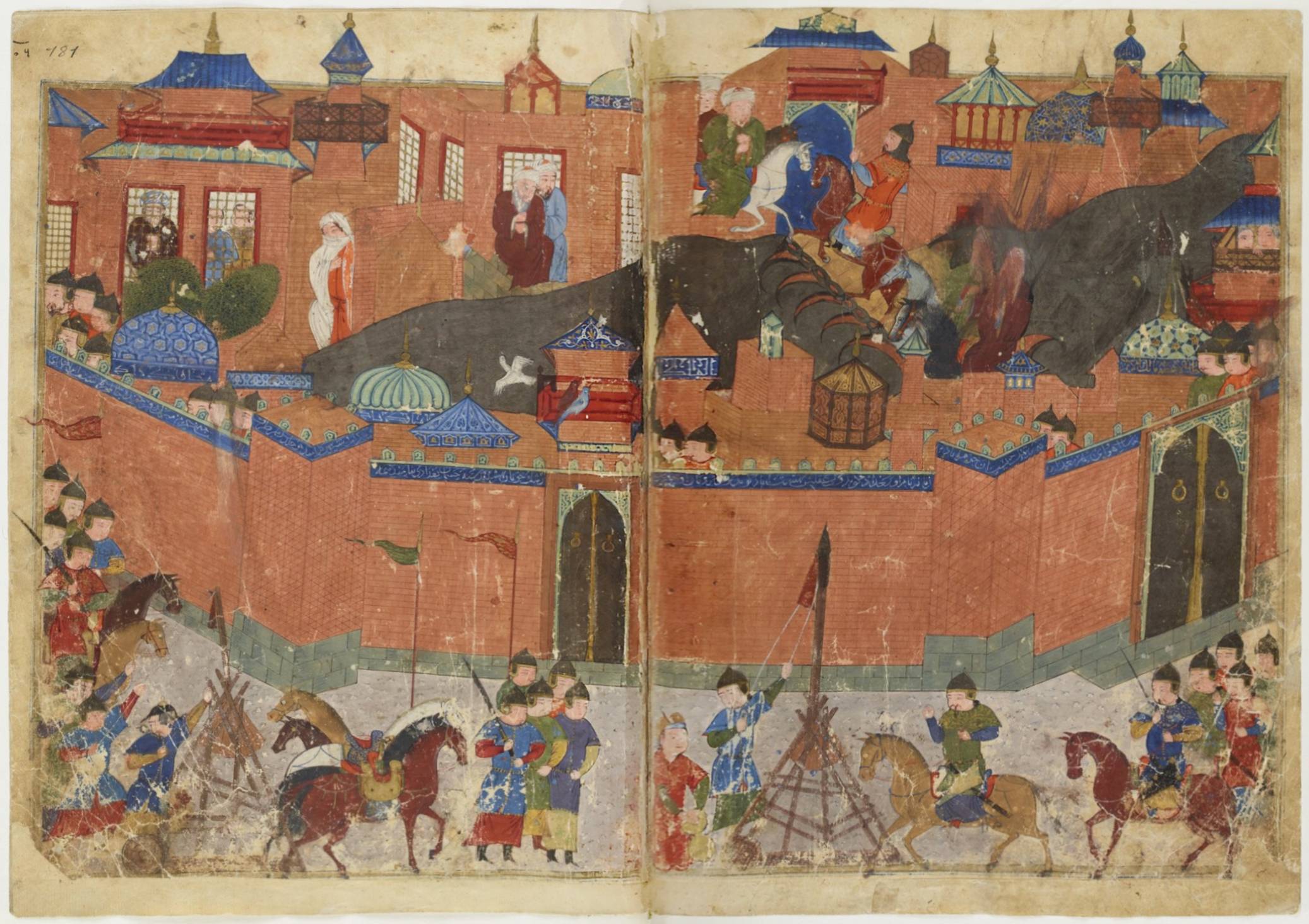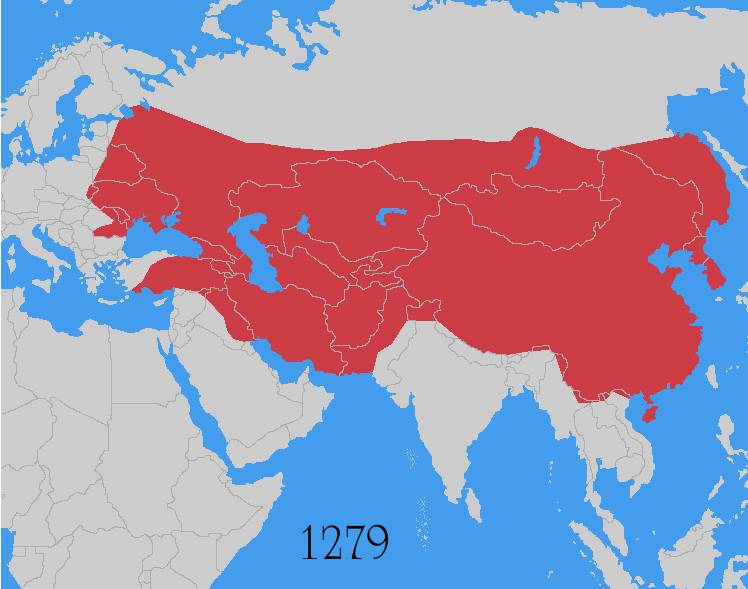Historical Snapshot: The Mongols In Lebanon
Most of us have probably vaguely heard about how the Mongols overtook the area during their great reign in the early 1000s. But have you ever stopped and wondered how that actually played out? Well today is your lucky day, because here is the story of how the Mongols got to Lebanon, and what they did during their time here.

Of course, any story about the Mongols in the Arab world must begin with their takeover of Baghdad. The once great city at the heart of the Abbasid Empire was captured and sacked, with most of its famous libraries burned down to the ground. This is seen by many as the official end of the Islamic Golden Age, which had dominated the last few hundred years.
After taking Baghdad, the Mongols marched on to Syria in 1260, along with their allies in Georgia, Armenia, and the crusader county of Tripoli-Antioch. The Mongols quickly overtook Aleppo, Damascus, and the remaining area of the Levant, but were stopped short at the borders of Egypt by the Mamluks.

The following 60 years would see intense fighting between the Mongols and Egypt, with shifting regional alliances and civil wars failing to stop the conflict between the two. The grounds for this conflict were Lebanon and the Levant, where the Mongols repeatedly carried out raids and attempted to overpower the Mamluks in the area.
Caught in the crossfire, Lebanon saw its pasturelands burned to prevent Mongol grazing, and increasingly Mamluk suspicion towards minority religions in the area. This saw repeated battles between Lebanon’s Shia population, who they accused of collaborating with the Mongols.
Lebanon’s lands eventually provided a foundation for the Mamluks’ eventual victory at the Battle of Marj al-Saffar near Damascus. The Mongols could never decisively take control in the area, with their empire forced to remain east of the Eupharates.

Eventually, the Mongols and Mamluks achieved peace through the Treaty of Aleppo, and officially ushered in the area of total Mamluk control in the region. The Mamluks era would last till the arrival of the Ottomans in 1516.
More Like This
Historical Snapshot: The Collapse Of The Lebanese Lira In The 1980s
Historical Snapshot: The Early Humans of Ksar Akil
1





